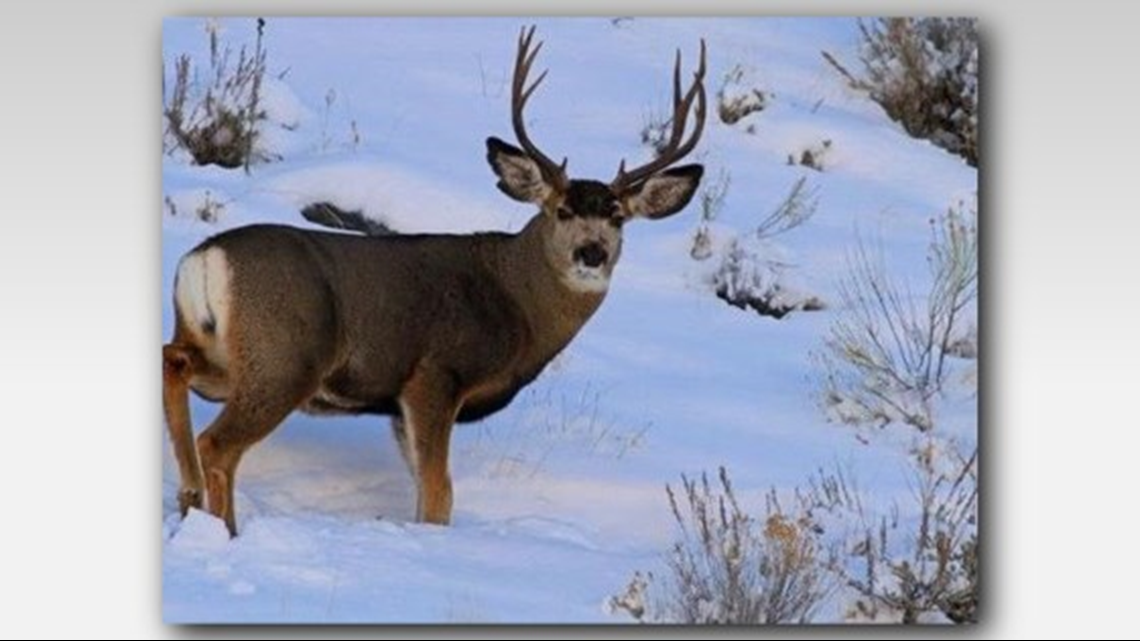lastlight
Well-known member
Threat to humans or not I wish you guys would top throwing away venison and just feed to your dogs. Such a waste.
Follow along with the video below to see how to install our site as a web app on your home screen.
Note: This feature may not be available in some browsers.
Threat to humans or not I wish you guys would top throwing away venison and just feed to your dogs. Such a waste.
Is there a setup to gift diseased meat to dog owners for folks without dogs?
Makes reasonable sense to me.I couldn't help but think of this thread when I read this article. Similar strategy; trying to reduce the population of a desirable species, to reduce the population of a non-desirable species (I know CWD prions are not a species, but..)
Yes. I'm not overly optimistic about the long-term health of the moose herds around here either way, but it does make some sense.Makes reasonable sense to me.
Last time I checked the bear population in Colo was out of control. CWD has been around since 1980s' and we are all waiting for the sky to fall down!
During 3rd and 4th rifle season, I’ve never seen a bear. Saw a few in 2nd rifle season in 1 hunt unit I no longer have points to hunt. But CWD, I’ve seen exactly 2 deer with noticeable symptoms. I can also say I’ve noticed zero population differences in the 25 years I’ve hunted CWD units.Wait, bears!?
I don't know, maybe it wasn't cocaine after all...
Eh? Rock Creek became a brown trout fishery after having been a rainbow trout fishery because of whirling disease. Rainbows still haven’t reestablished since the outbreak in the 1990’s. I guess this doesn’t matter if “a trout is a trout” but it did absolutely have some long term effects on the watershed. One which hasn’t returned to the “normal” that it was before the outbreak.I am no biologist, but as a consumer of hunting and fishing I am concerned for the welfare of the resource.
Montana was in a tailspin over a decade ago about whirling disease in the trout streams in Montana. There was a whole network of scientists and biologists and other “ists” that came out of nowhere to study and determine the cause and if the spread of “Whirling Disease” was going to kill the entire trout population in Montana.
Now there is nothing being said, millions of dollars were thrown at it and today fishing is back to normal. I don’t even know if it was as bad as they forecast or if it was a natural cycle in fish evolution or if it was cured with all the attention it got.
I do know that lots of people spent and made lots of money fixing a problem that I’m not sure existed…
It will be a great success if one day someone can look back and wonder why such a big fuss was made, when deer populations are as good as ever before.
Check out the Madison river, it was the center for research and study. Much of what was contributed to whirling disease was attributed to the destruction of the reds on the upper Madison that were gorged during high spring run offs.Eh? Rock Creek became a brown trout fishery after having been a rainbow trout fishery because of whirling disease. Rainbows still haven’t reestablished since the outbreak in the 1990’s. I guess this doesn’t matter if “a trout is a trout” but it did absolutely have some long term effects on the watershed. One which hasn’t returned to the “normal” that it was before the outbreak.
